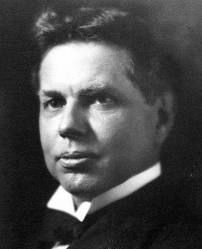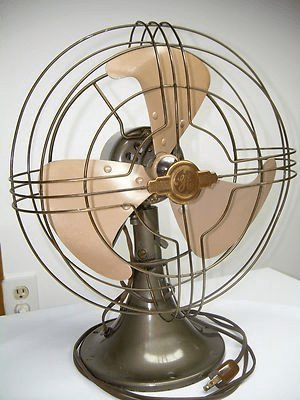Who Invented Fan
The credit for the invention of the fan is given to Schuyler Skaats Wheeler. Schuyler was an Engineer and innovator. He invented the first electrical fan in 1882. He is also known for the invention of the electric fire engine and specialized in electric tools with power-saving capabilities. History of Electric FanMechanical fans such as hand fans were popular among people before the invention of the electric fan. Chinese were first among the many civilizations that contributed to the various designs of the mechanical fan. Among the many creative craftsmen was Ding Huan, who invented a rotary fan. This rotary fan was more efficient than the hand-held fan as it could cool a large area. It was invented during Han Dynasty and could be operated by a single man. It was during the Tang Dynasty that people invented to use fans through hydraulic power. The Chinese also did this invention. Later in the 1830s, steam-powered fans were invented. Eventually, electricity spread across different countries hence leading to the invention of electric fans. The invention of the first Electric FanSchuyler was inspired by Nikola Tesla and Thomas Edison. After realizing the need for a fan,he went on to build the prototype of the first electrical fan in 1882. This prototype had no protecting case and had two propellers attached to the motor. After Tesla presented its induction motor, manufacturers across the world started using direct current. Schuyler worked as the plant manager in Curtis and Crocker Company. Later Crocker-Wheeler Company started manufacturing fans. Although these fans served the purpose, they were very expensive and unsafe to use due to the lack of protecting cage. 
The Invention of the First Ceiling FanThe designs of the fans began improving from the 1890s. Eventually, concealing the motor wires was done, and a protection cage was added to protect the fan blades. Subsequently, Philip H. Diehl invented the electrical ceiling fan. He did so while he was working with the Singer Company. Initially, he used the Singer sewing machine motor to power the ceiling fan blades. Philip kept on improving the fan design even after receiving a patent in the 1880s. The introduction of the light bulb was one of the improvements. Initially, these fans were used to keep the goods and workers cool. Later, these were introduced in homes, offices, hotels, and restaurants. Rise and Fall in the Demand of Electric Fans1890-1910 As the demand for fans increased, the production also increased from the 1890s to the 1900s. Companies like General Electric, Emerson, and Westinghouse emerged. With the rise in the number of fan manufacturing companies,competition increased. The rising competition brought better blades, refined fan designs, and introduced a greater number of fan blades. 1910 Westinghouse introduced the first electrical household fans that were produced in 1910 and were made up of brass. Later, these fans evolved from brass to steel and then from steel to aluminium, making them lighter. Soon electric fans were replaced by air conditioners after the 1910s. Many companies stopped producing fans for commercial buildings and started brainstorming for household fans. 1920 Subsequently, in the 1920s, General Electric designed quieter fan blades. Emerson designed Silver Swan with iconic blades, which was greatly inspired by the propeller of the yacht. Jane Evans was the innovator who created this fan. 1950 Electric fans were in great demand before the 1950s. However, afterward, the scenario changed with the introduction of household air condensers. Demand for electric fans fell drastically. However, electric fans were again popular in the 1970s with the increased energy prices. The First Bladeless FanJames Dyson invented the Dyson air multiplier, which was the first bladeless fan. This idea was developed by Dyson but was originally generated by the Toshiba Company in 1981. It was invented in 2009 and had no visible blades on it. Electric Fans TodayToday electric fans are much reliable if you are someone who believes in sustainability. Along with their innovative designs, electric fans cost lower, have a longer life, are energy-efficient, and portable. Additionally, fans are used as a decorative pieces rather than just the cooling purpose. They are customized in order to complement the interior of the home. With the improvements in aesthetics, fans now have lights to add to the beauty of your space. Nowadays, fans have saved our efforts of going to the switchboard to operate a fan by providing remote accessibility and operation.
Next TopicWho Invented Instagram
|
 For Videos Join Our Youtube Channel: Join Now
For Videos Join Our Youtube Channel: Join Now
Feedback
- Send your Feedback to [email protected]
Help Others, Please Share










